Marcos Cramer
Verifying LLM-Generated Code in the Context of Software Verification with Ada/SPARK
Feb 11, 2025Abstract:Large language models (LLMs) have demonstrated remarkable code generation capabilities, but the correctness of the generated code cannot be inherently trusted. This paper explores the feasibility of using formal software verification, specifically the SPARK framework for Ada, to ensure the reliability of LLM-generated code. We present Marmaragan, a tool that leverages an LLM in order to generate SPARK annotations for existing programs, enabling formal verification of the code. The tool is benchmarked on a curated set of SPARK programs, with annotations selectively removed to test specific capabilities. The performance of Marmaragan with GPT-4o on the benchmark is promising, with correct annotations having been generated for 50.7% of the benchmark cases. The results establish a foundation for future work on combining the power of LLMs with the reliability of formal software verification.
Technical Report of "Deductive Joint Support for Rational Unrestricted Rebuttal"
May 07, 2020

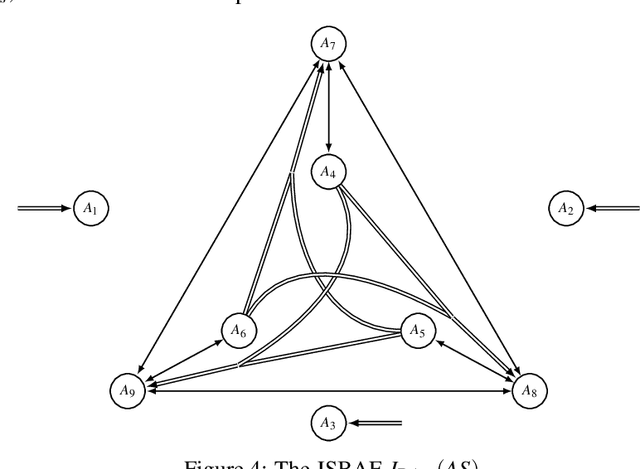
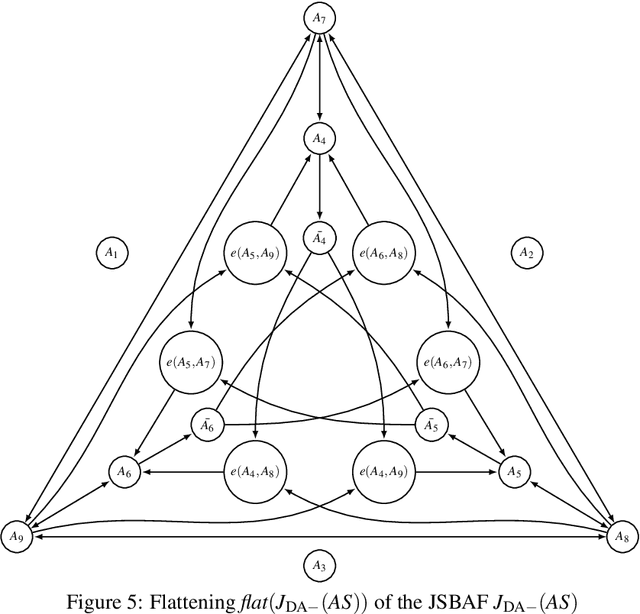
Abstract:In ASPIC-style structured argumentation an argument can rebut another argument by attacking its conclusion. Two ways of formalizing rebuttal have been proposed: In restricted rebuttal, the attacked conclusion must have been arrived at with a defeasible rule, whereas in unrestricted rebuttal, it may have been arrived at with a strict rule, as long as at least one of the antecedents of this strict rule was already defeasible. One systematic way of choosing between various possible definitions of a framework for structured argumentation is to study what rationality postulates are satisfied by which definition, for example whether the closure postulate holds, i.e. whether the accepted conclusions are closed under strict rules. While having some benefits, the proposal to use unrestricted rebuttal faces the problem that the closure postulate only holds for the grounded semantics but fails when other argumentation semantics are applied, whereas with restricted rebuttal the closure postulate always holds. In this paper we propose that ASPIC-style argumentation can benefit from keeping track not only of the attack relation between arguments, but also the relation of deductive joint support that holds between a set of arguments and an argument that was constructed from that set using a strict rule. By taking this deductive joint support relation into account while determining the extensions, the closure postulate holds with unrestricted rebuttal under all admissibility-based semantics. We define the semantics of deductive joint support through the flattening method.
SCF2 -- an Argumentation Semantics for Rational Human Judgments on Argument Acceptability: Technical Report
Aug 22, 2019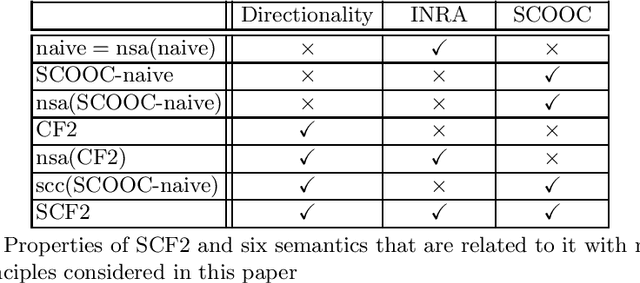
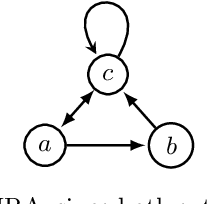
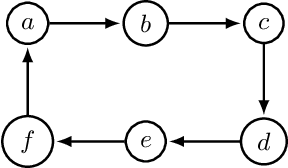
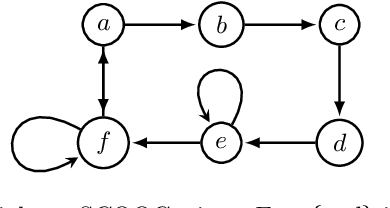
Abstract:In abstract argumentation theory, many argumentation semantics have been proposed for evaluating argumentation frameworks. This paper is based on the following research question: Which semantics corresponds well to what humans consider a rational judgment on the acceptability of arguments? There are two systematic ways to approach this research question: A normative perspective is provided by the principle-based approach, in which semantics are evaluated based on their satisfaction of various normatively desirable principles. A descriptive perspective is provided by the empirical approach, in which cognitive studies are conducted to determine which semantics best predicts human judgments about arguments. In this paper, we combine both approaches to motivate a new argumentation semantics called SCF2. For this purpose, we introduce and motivate two new principles and show that no semantics from the literature satisfies both of them. We define SCF2 and prove that it satisfies both new principles. Furthermore, we discuss findings of a recent empirical cognitive study that provide additional support to SCF2.
Technical report of "Empirical Study on Human Evaluation of Complex Argumentation Frameworks"
Feb 27, 2019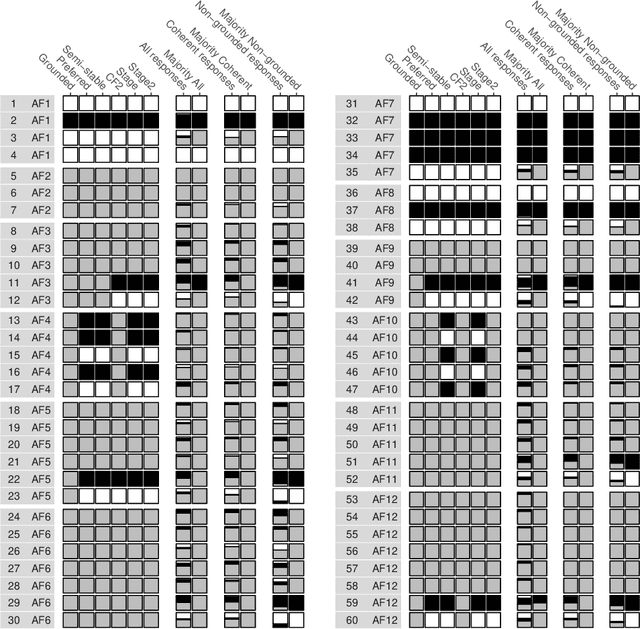

Abstract:In abstract argumentation, multiple argumentation semantics have been proposed that allow to select sets of jointly acceptable arguments from a given argumentation framework, i.e. based only on the attack relation between arguments. The existence of multiple argumentation semantics raises the question which of these semantics predicts best how humans evaluate arguments. Previous empirical cognitive studies that have tested how humans evaluate sets of arguments depending on the attack relation between them have been limited to a small set of very simple argumentation frameworks, so that some semantics studied in the literature could not be meaningfully distinguished by these studies. In this paper we report on an empirical cognitive study that overcomes these limitations by taking into consideration twelve argumentation frameworks of three to eight arguments each. These argumentation frameworks were mostly more complex than the argumentation frameworks considered in previous studies. All twelve argumentation framework were systematically instantiated with natural language arguments based on a certain fictional scenario, and participants were shown both the natural language arguments and a graphical depiction of the attack relation between them. Our data shows that grounded and CF2 semantics were the best predictors of human argument evaluation. A detailed analysis revealed that part of the participants chose a cognitively simpler strategy that is predicted very well by grounded semantics, while another part of the participants chose a cognitively more demanding strategy that is mostly predicted well by CF2 semantics.
 Add to Chrome
Add to Chrome Add to Firefox
Add to Firefox Add to Edge
Add to Edge